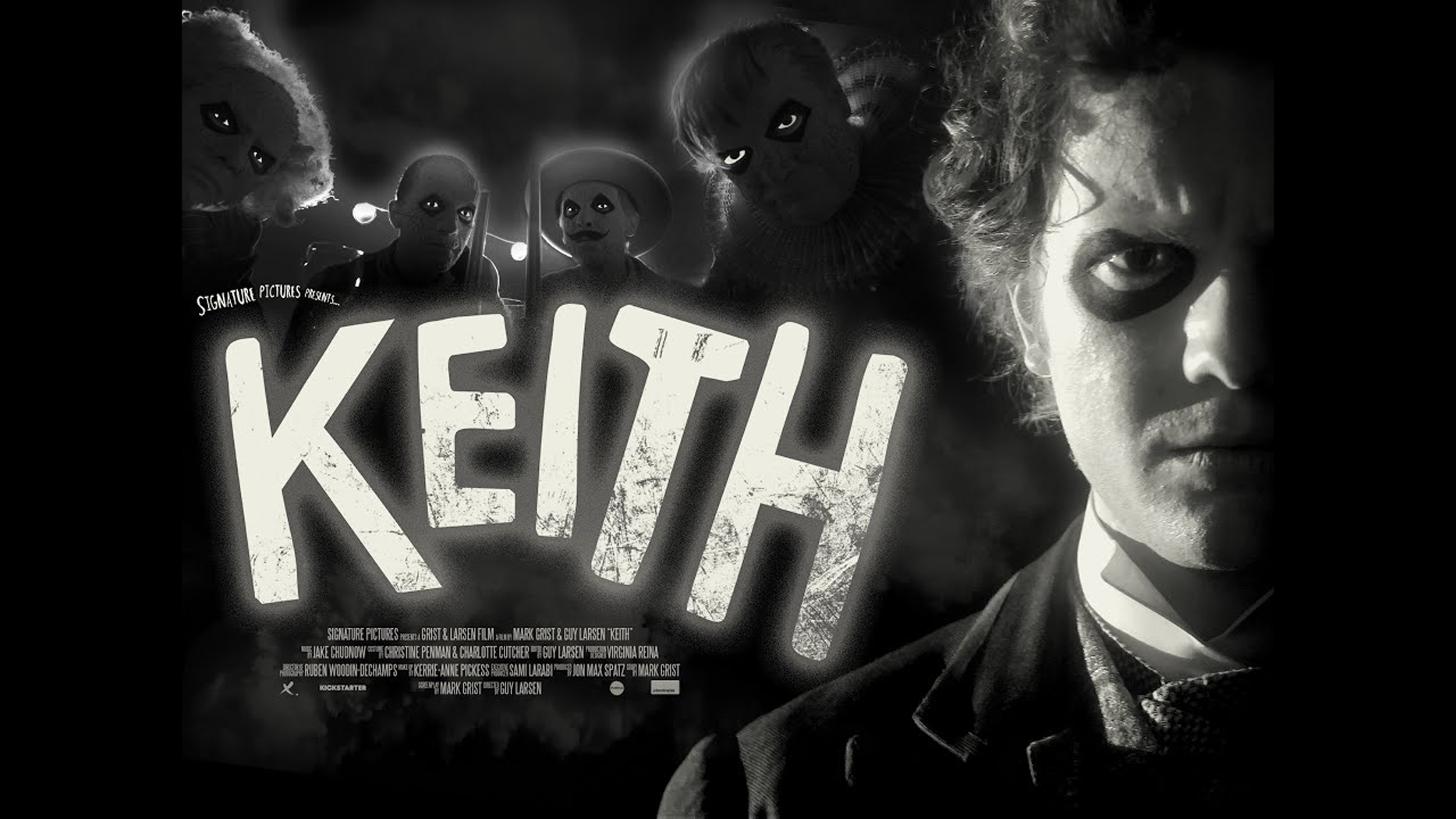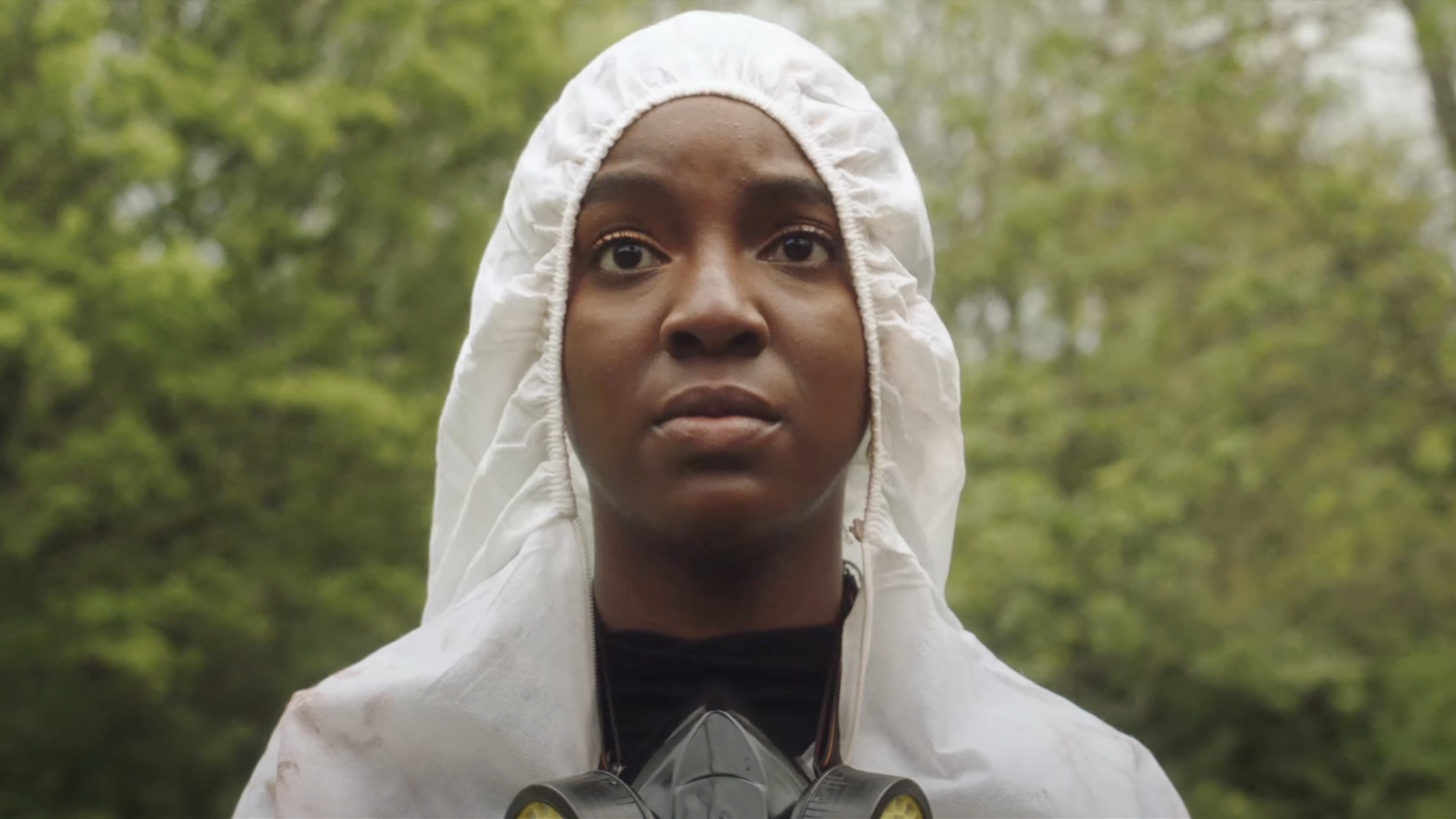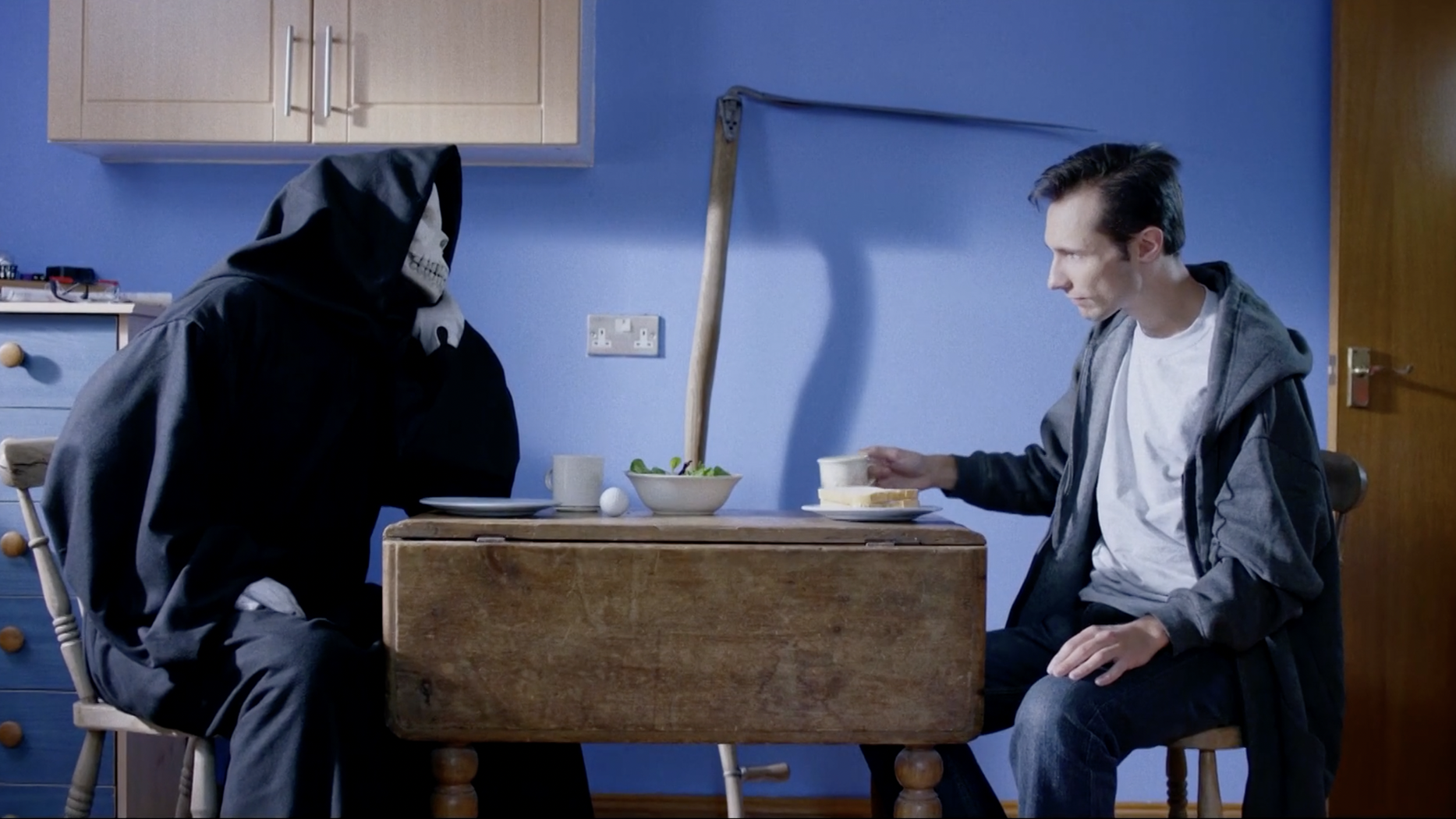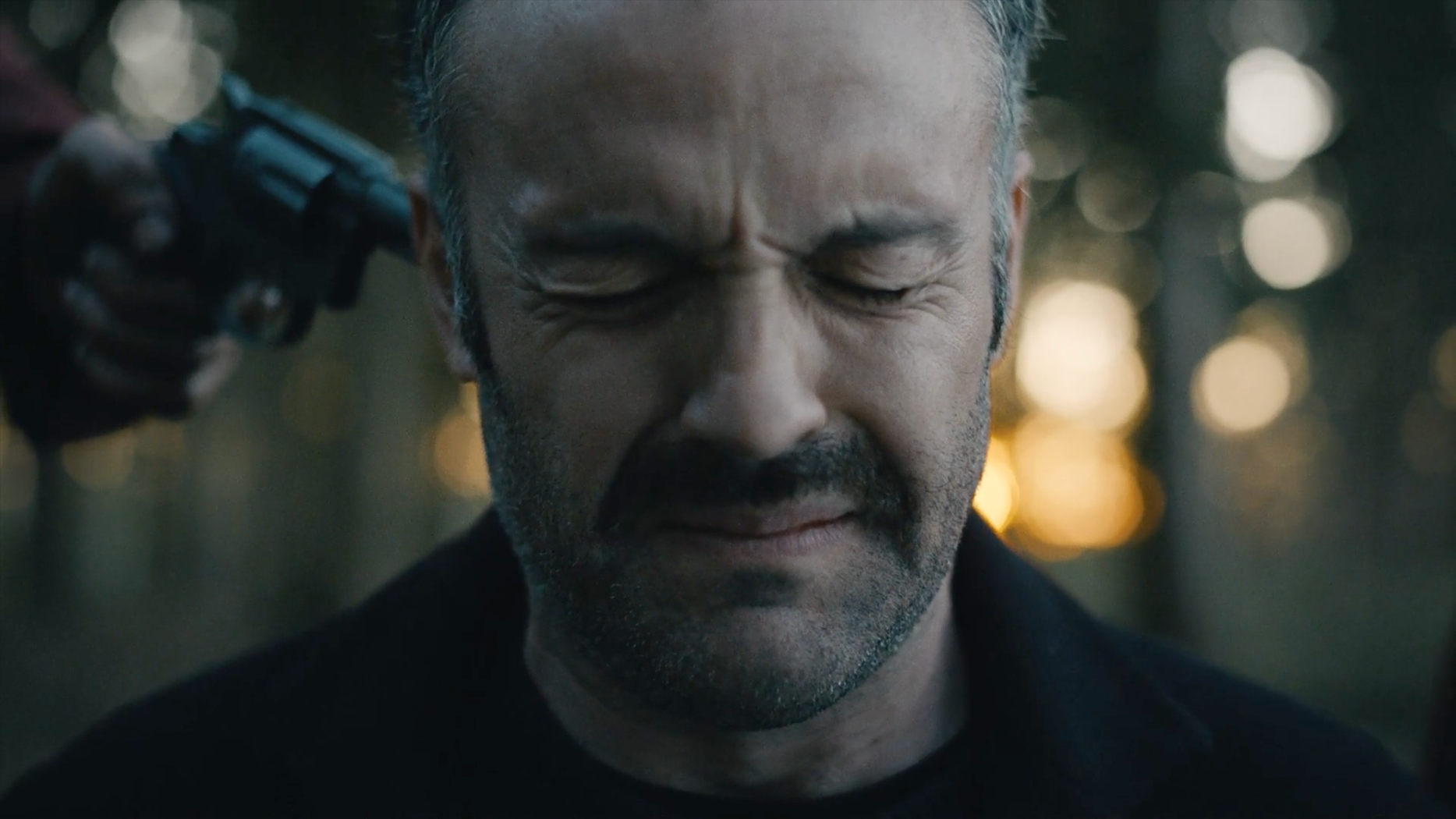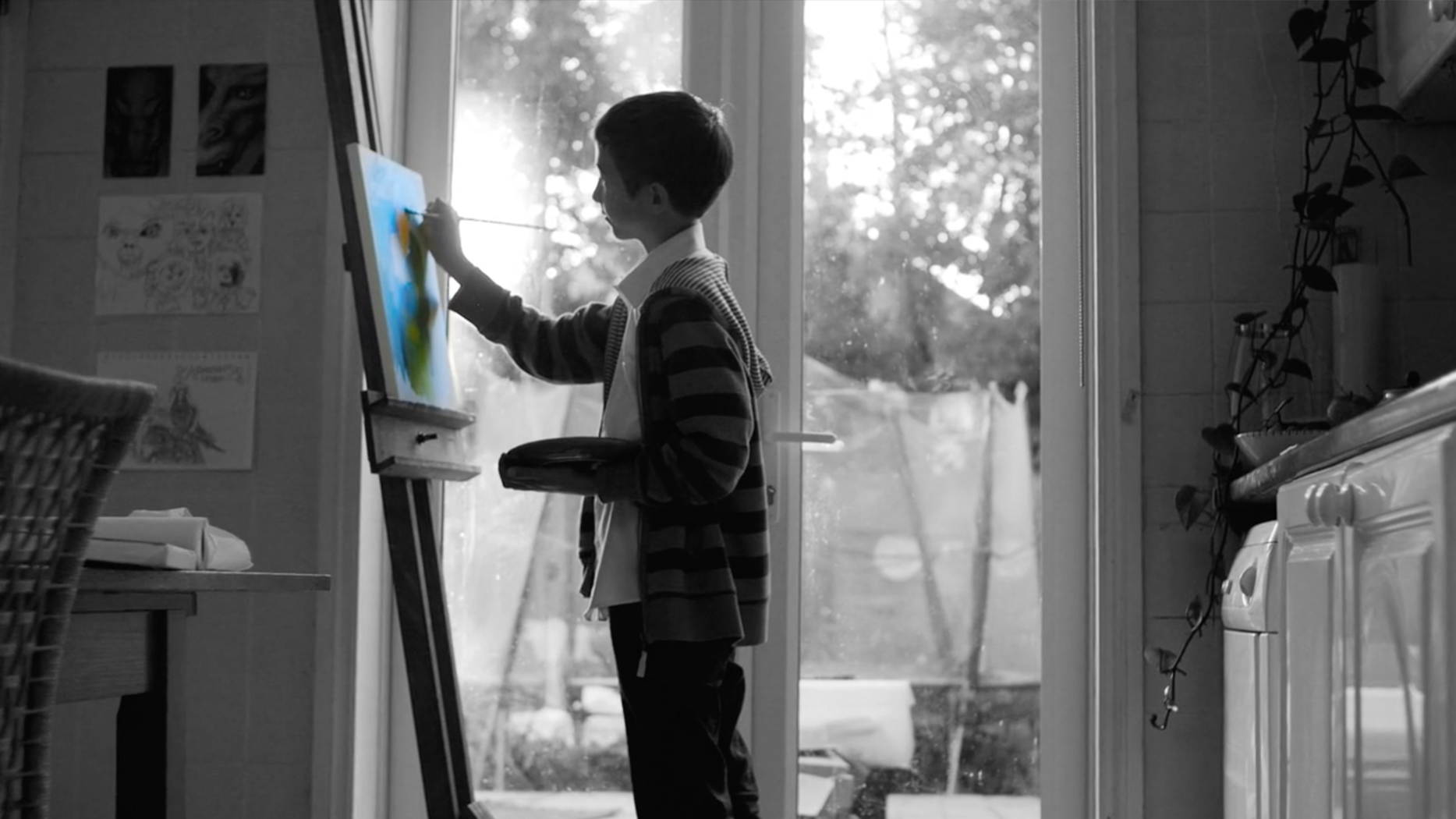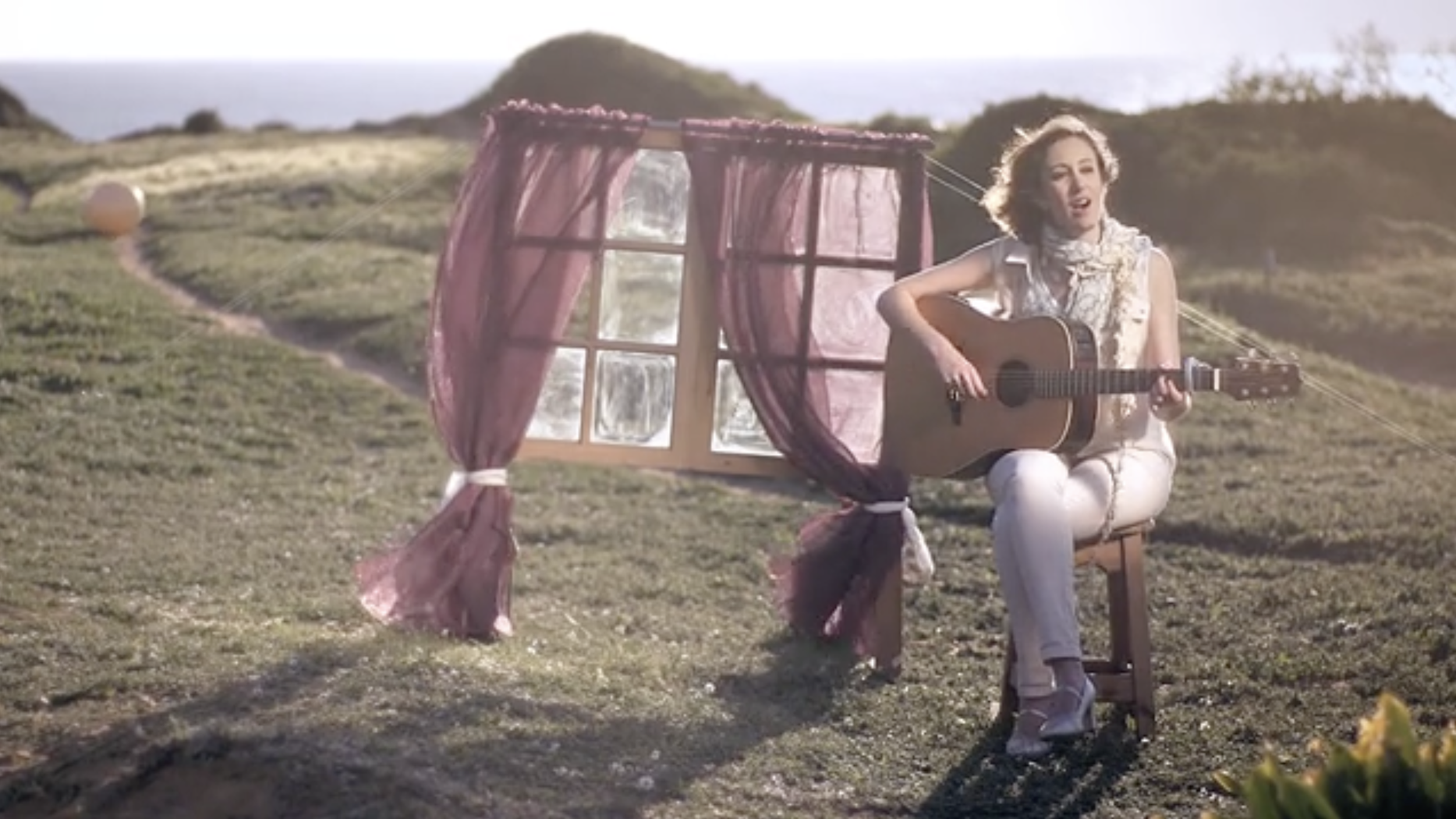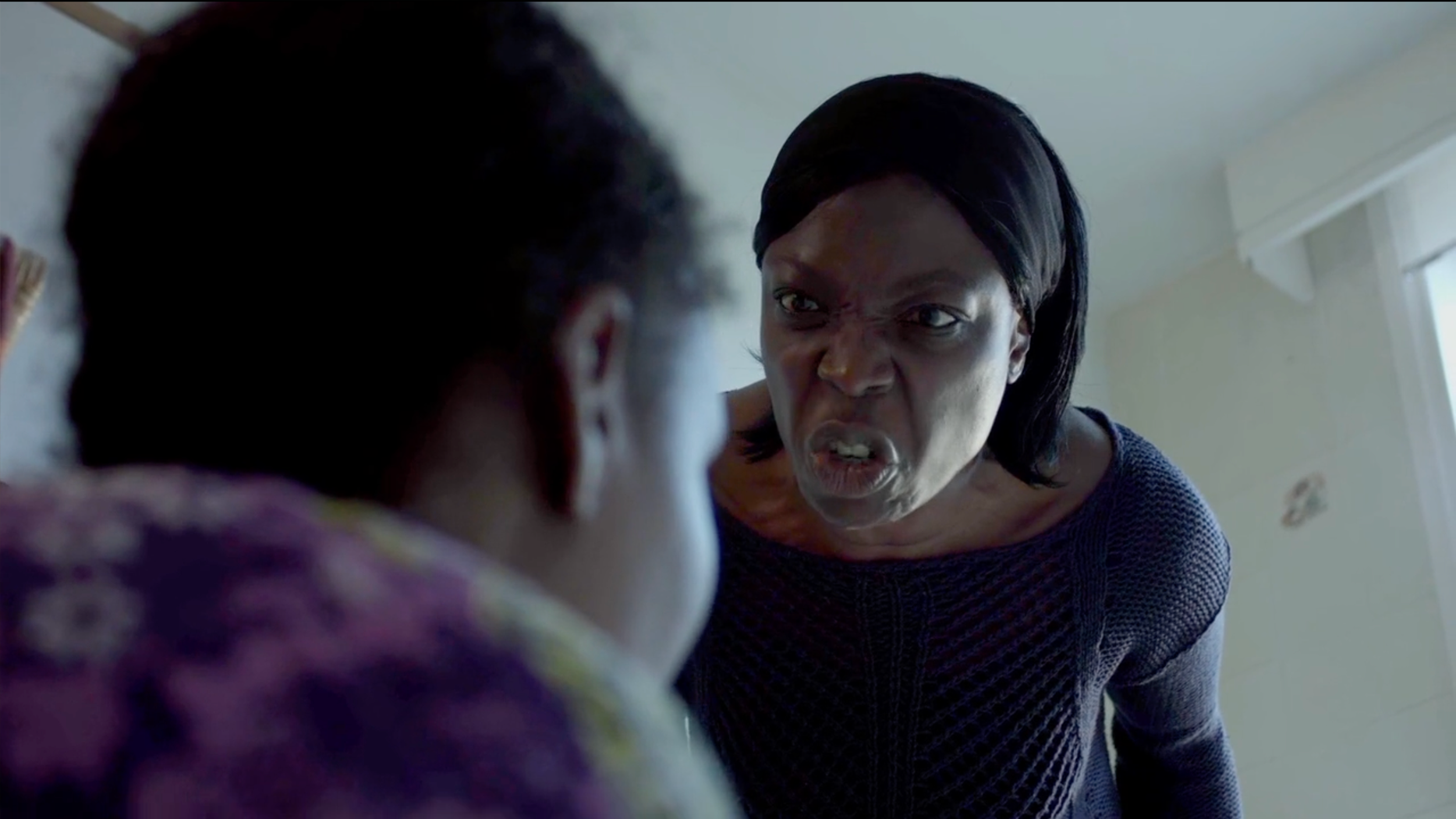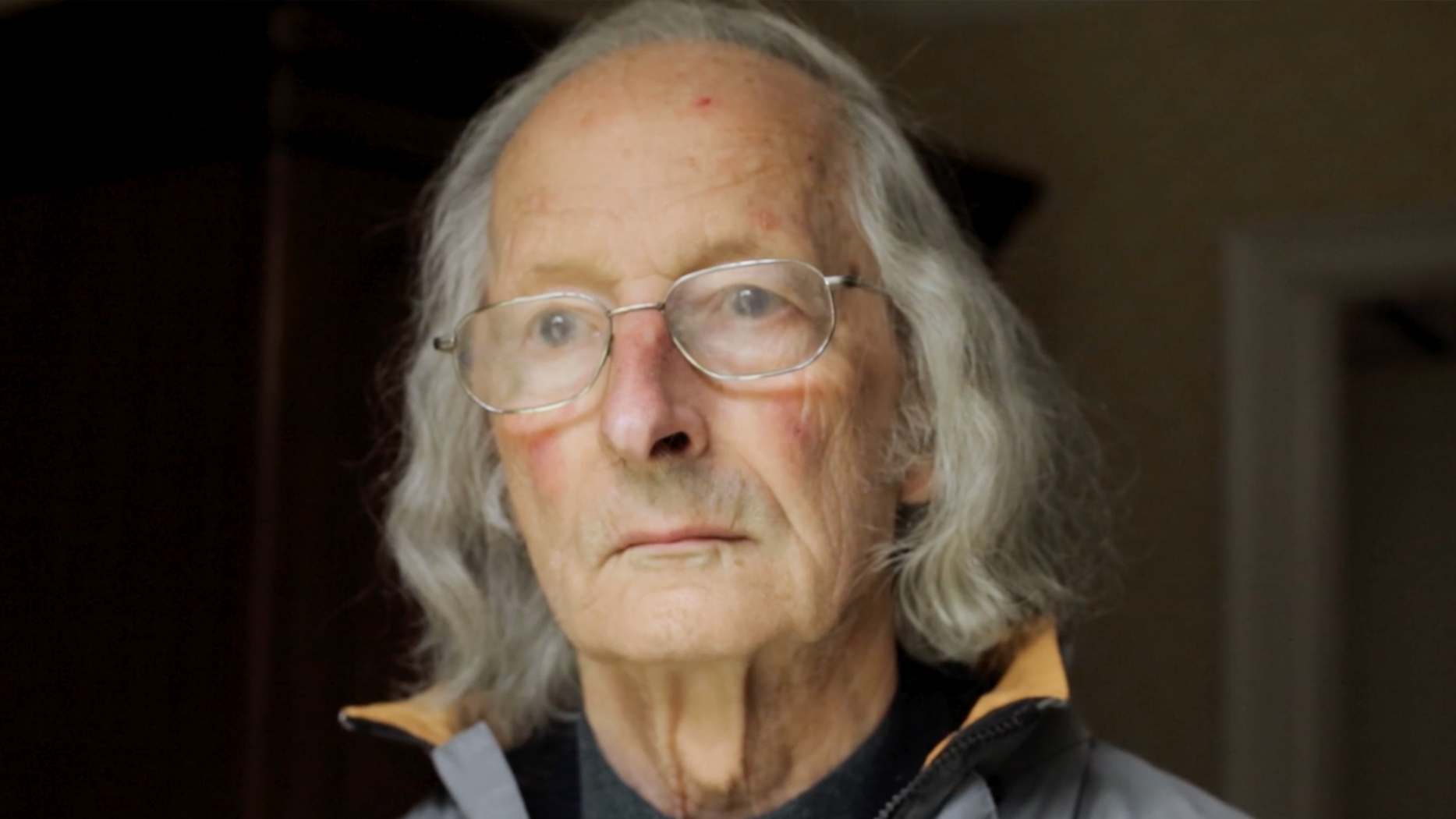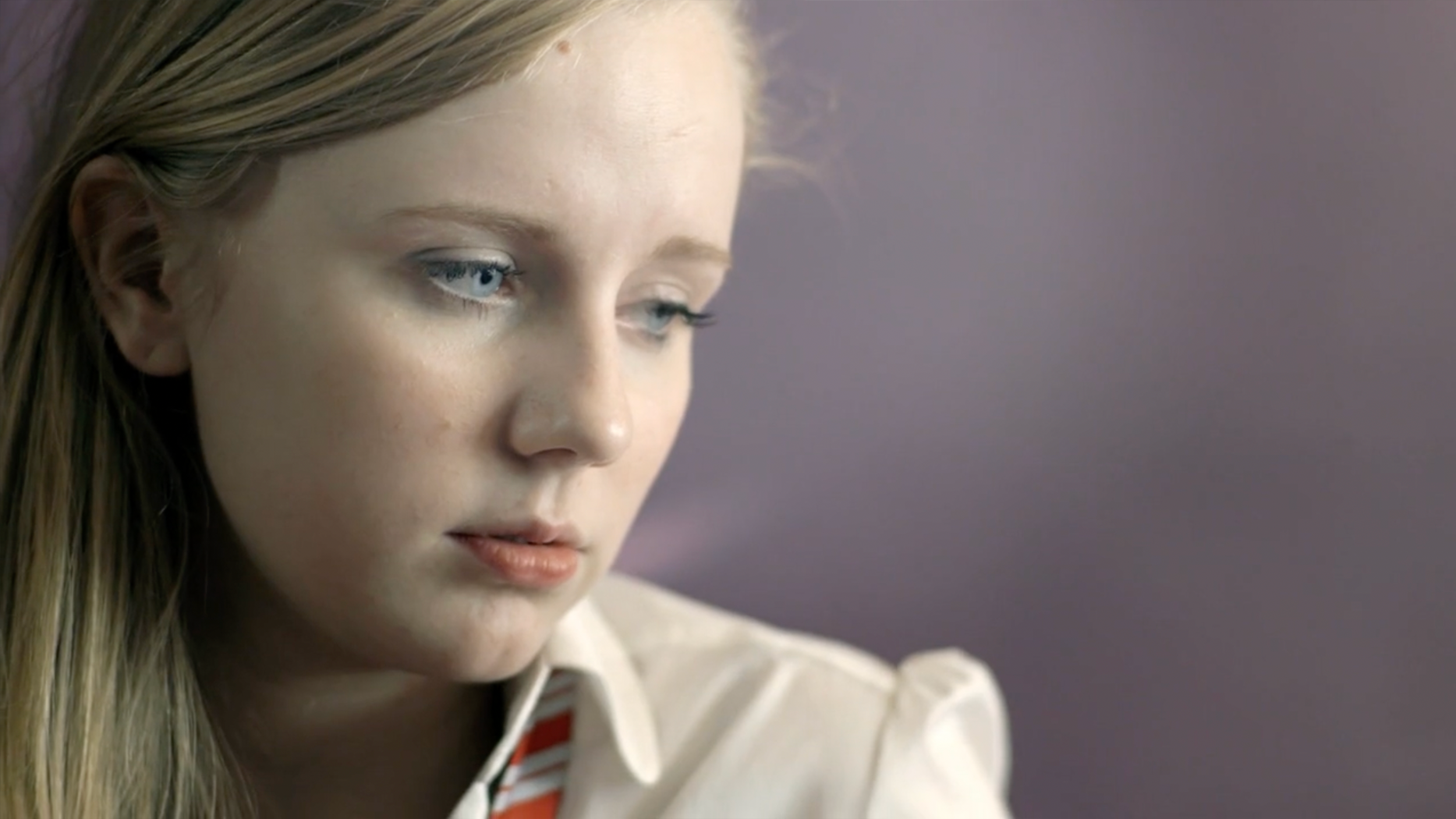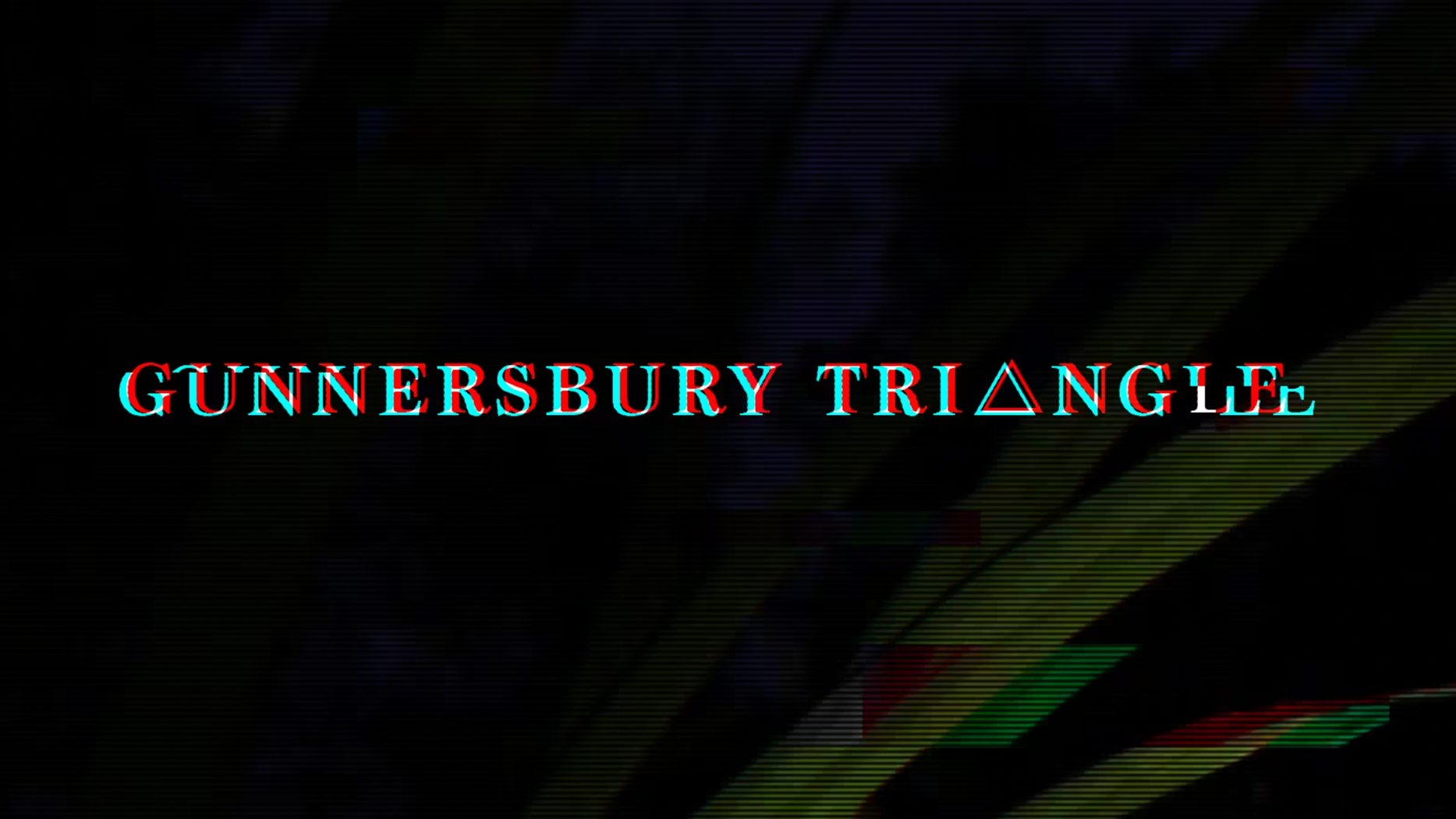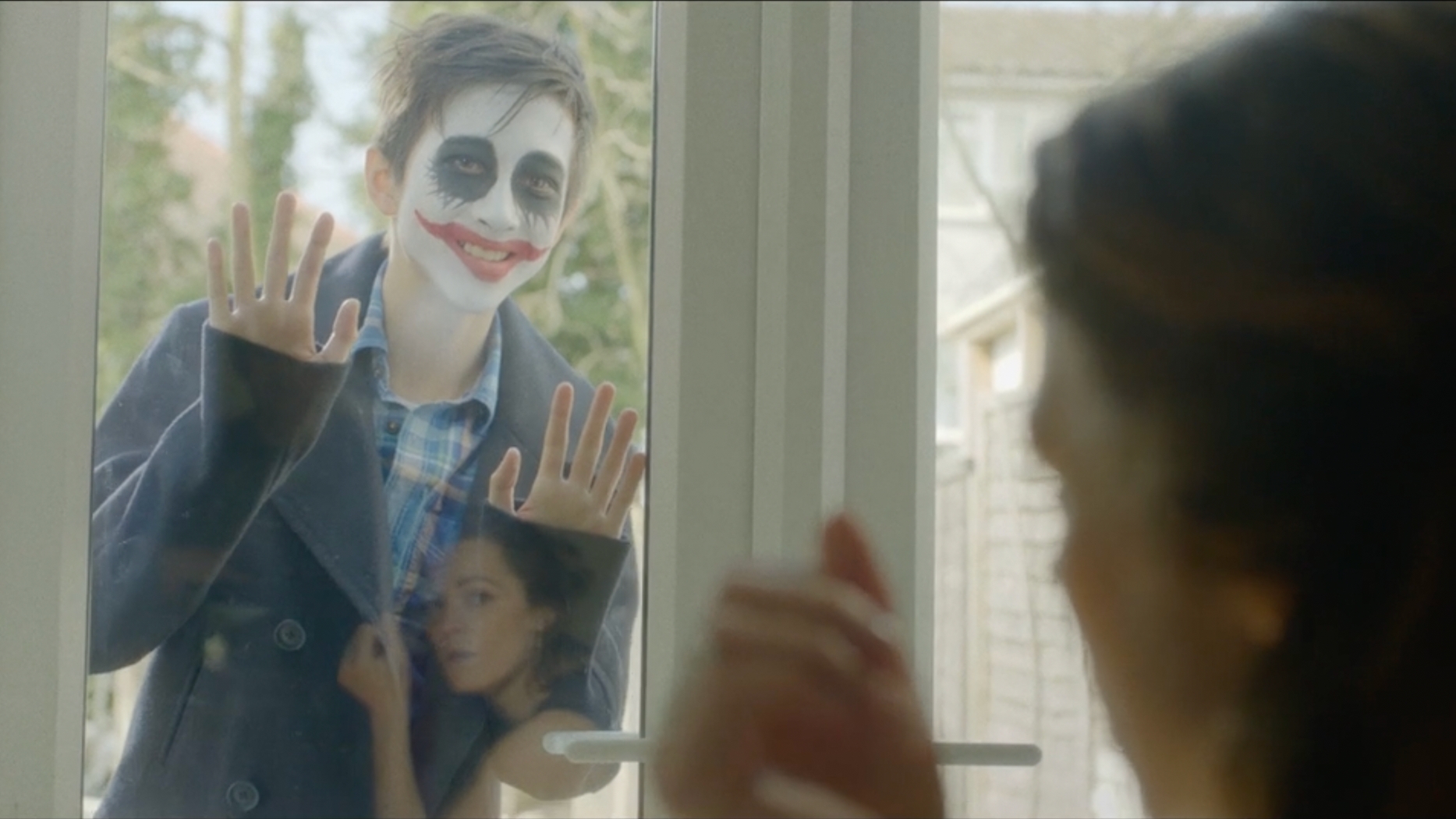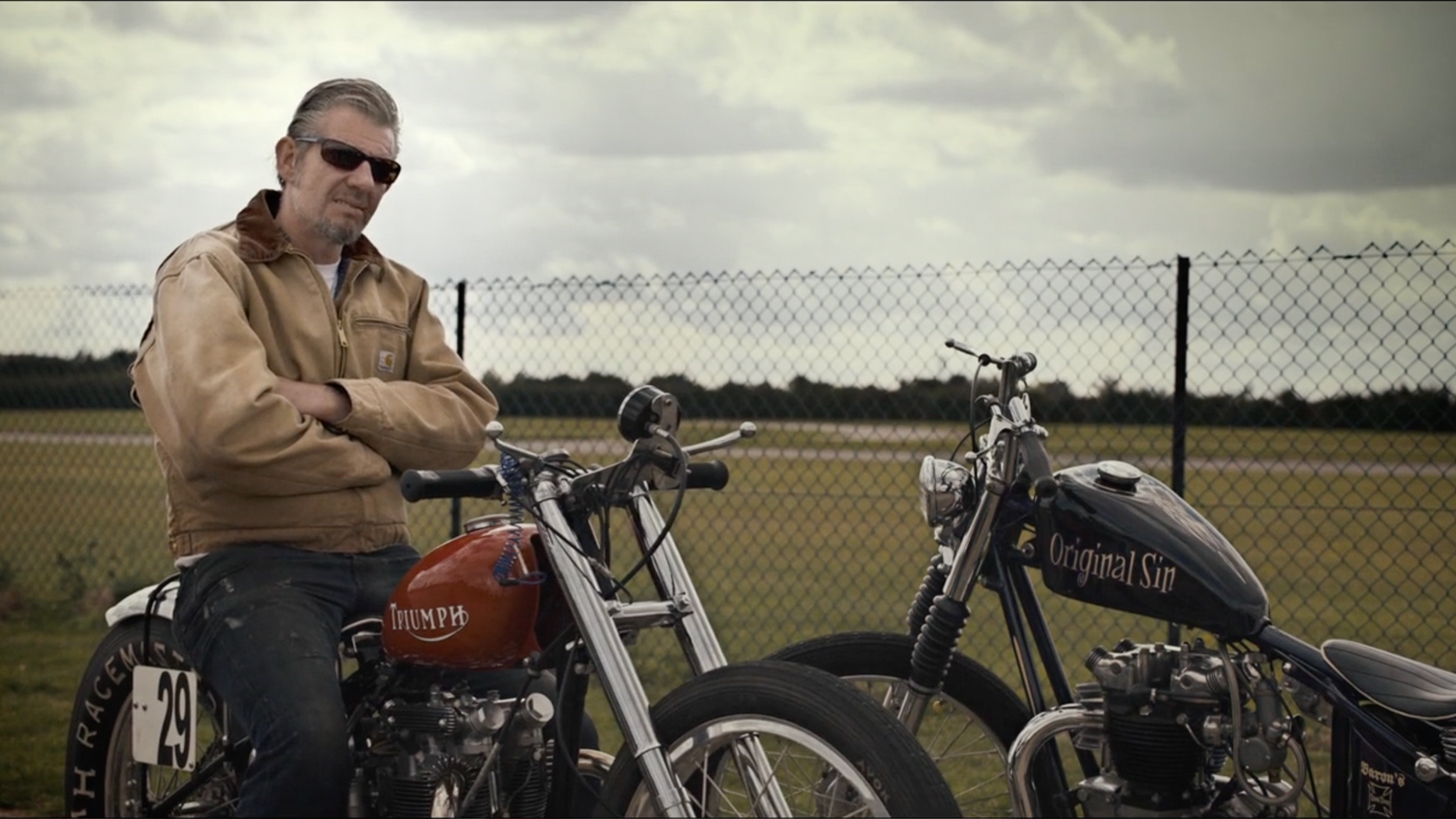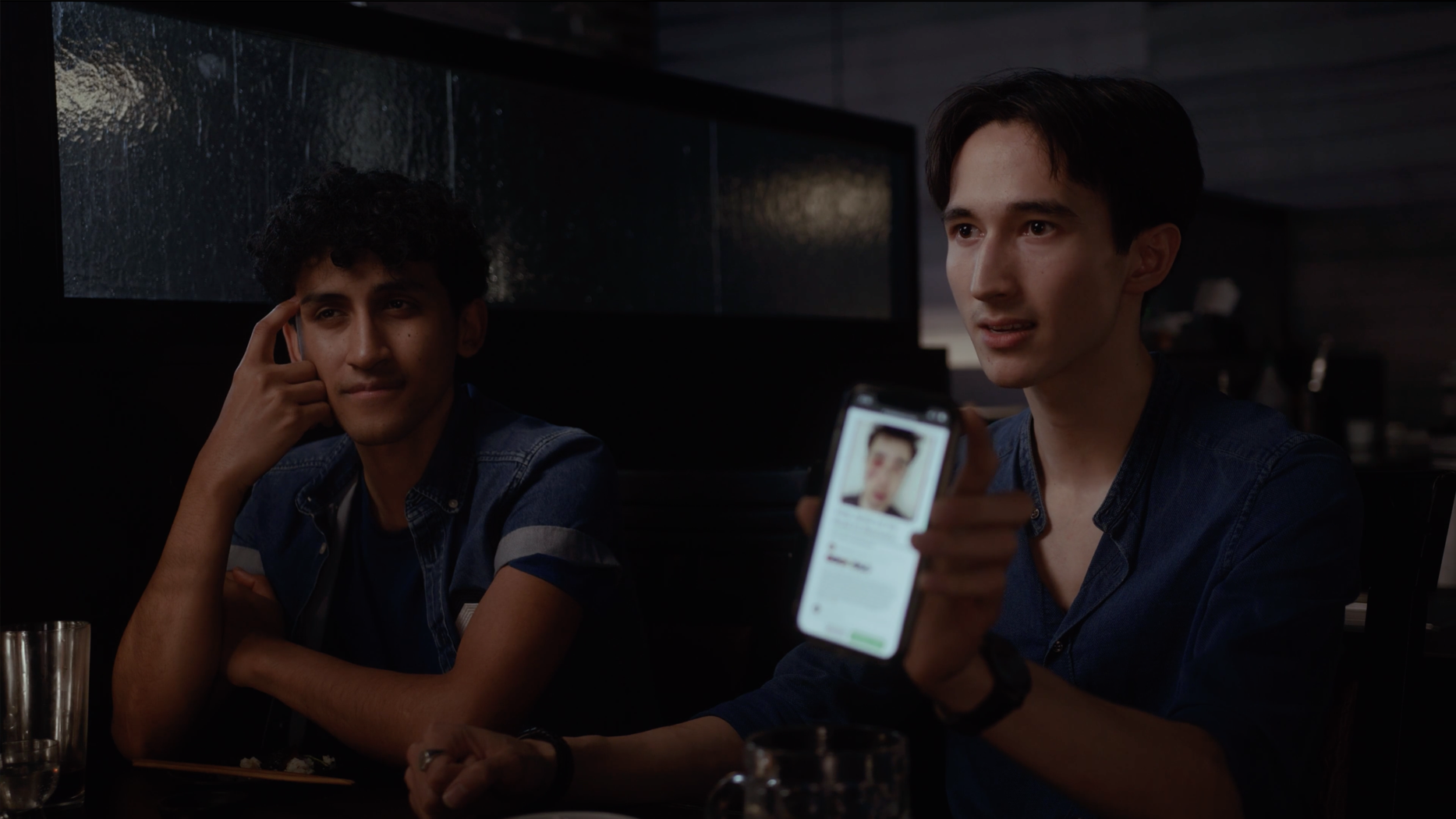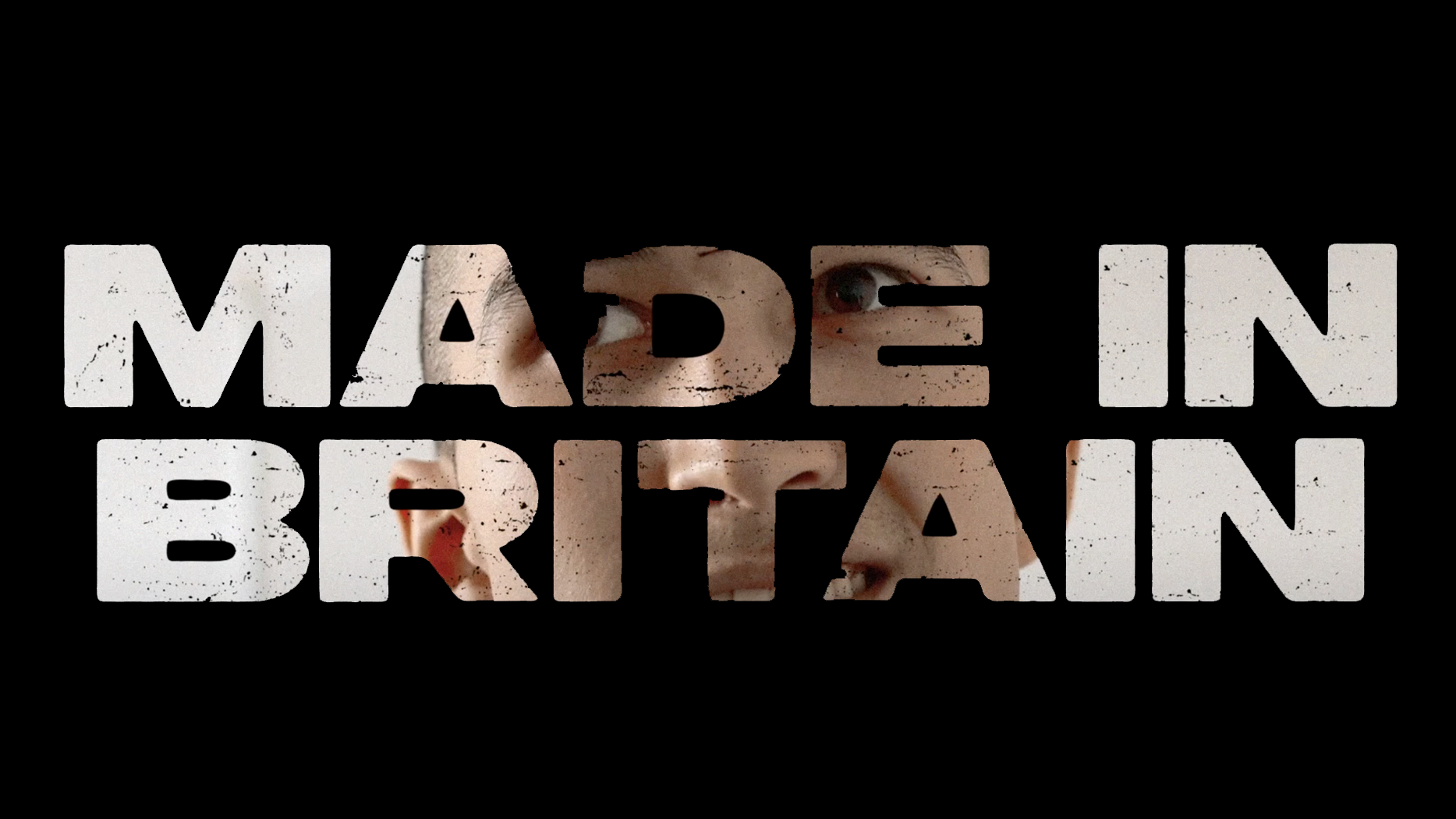
Shiona Penrake
EDITOR | DIRECTOR | FILMMAKER
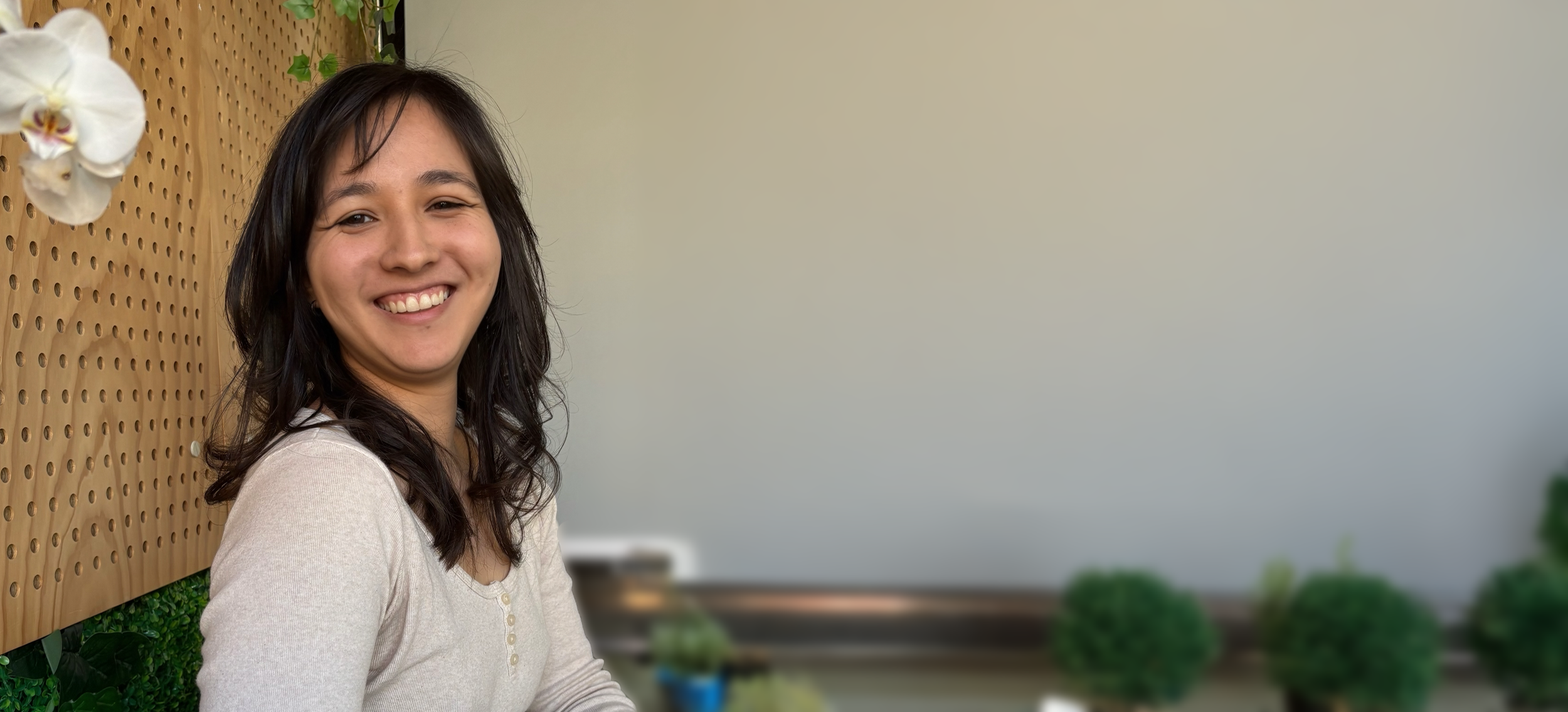
Who am I?
My name is Shiona Penrake.
Very early in my life, long before I learned to crawl, it became apparent, to my dad at least, that I had a fascination for stories and a voracious appetite for movies. More unusual was my ability to memorise visual details down to the specific shots and sequences - at only four years old.
I’ve been editing and making films since I was a kid. I have completed two award-winning short films as film director. And now I have several distinguished shorts, promos and branded content under my belt as editor, videographer, 2nd AD and producer’s assistant.
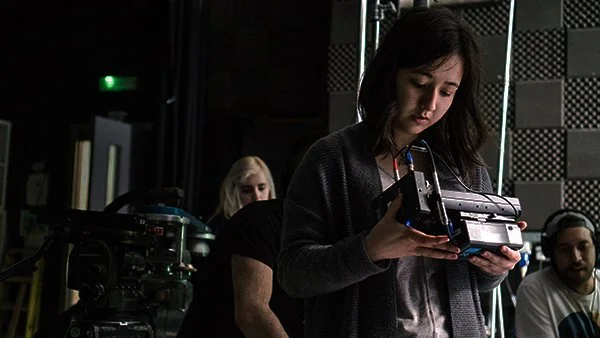
My Work
-
![Remi Milligan]()
Remi Milligan: Lost Director | mockumentary
-
![Keith]()
Keith | short film
-
![Lazaretto]()
Lazaretto | short film
-
![Thunder]()
'Thunder' Under Control | short film
-
![James Smith]()
Joe Marler Show - James Smith teaser
-
![Brian & The Grim Reaper]()
Brian & The Grim Reaper | short film
-
![Little Games]()
Little Games | short film
-
![]()
Truly | Future Studios channel
-
![Unbelievable Me]()
Unbelievable Me | Discovery+ series
-
![The Order]()
The Order | short film
-
![The Paintbrush]()
The Paintbrush | debut short film
-
![Criticat]()
Criticat | YouTube channel about screenwriting
-
![]()
Sof Ha Kesem | music video
-
![Business Proposition]()
Business Proposition | short film
-
![Road To Recovery]()
Road To Recovery | human trafficking documentary
-
![Mystery of Memory]()
Mystery of Memory | short film
-
![Look Inside]()
Look Inside | short film
-
![Bunking Off]()
Bunking Off | short film
-
![On The Record]()
On The Record with Marie Claire | true crime series
-
![The Prowler]()
The Prowler | short film
-
![Love Soul Music]()
Love Soul Music | music video
-
![Gunnersbury Triangle]()
Gunnersbury Triangle | found footage short
-
![The Stray]()
The Stray | short film
-
![The Bike Baron]()
The Bike Baron, 1000 Londoners | short documentary
-
![Justice For Jamie]()
Justice For Jamie | short film
-
![Made In Britain]()
Made In Britain | showreel piece
-
![]()
Shiona's Take | YouTube channel


